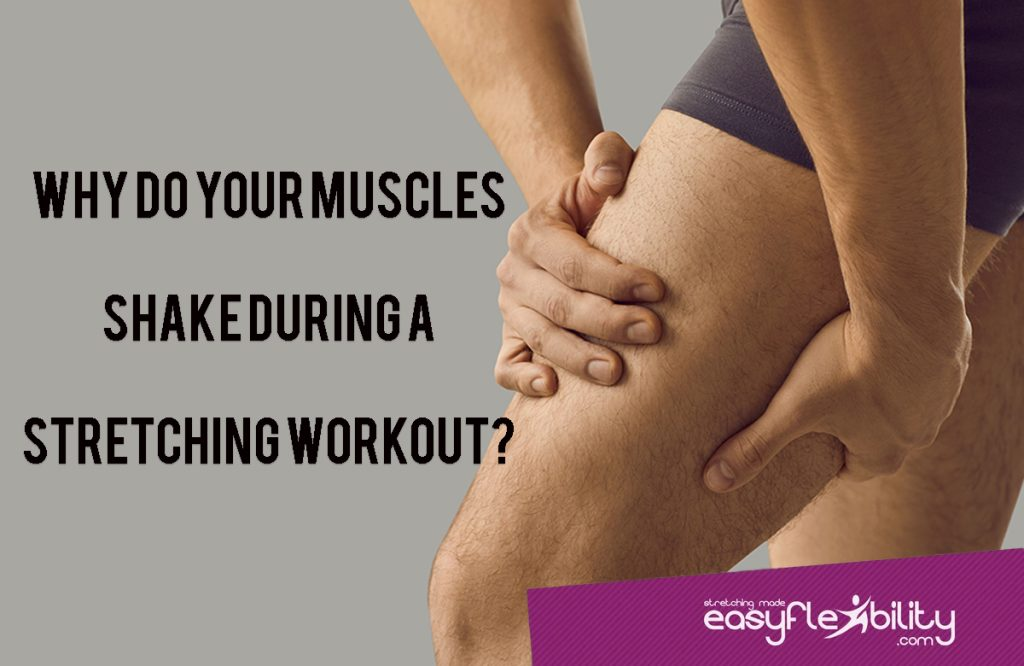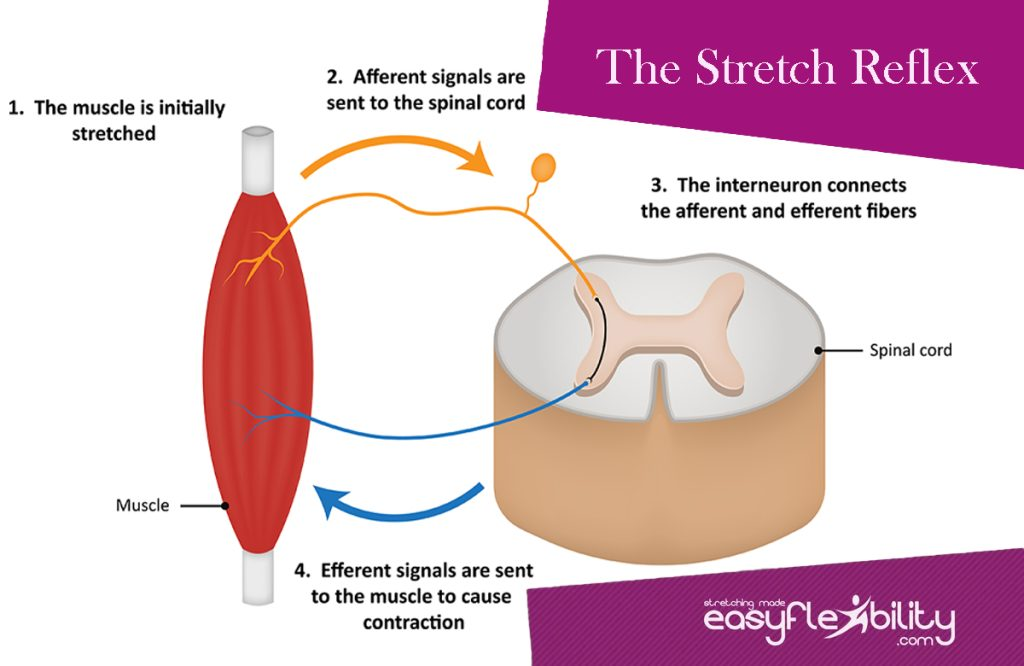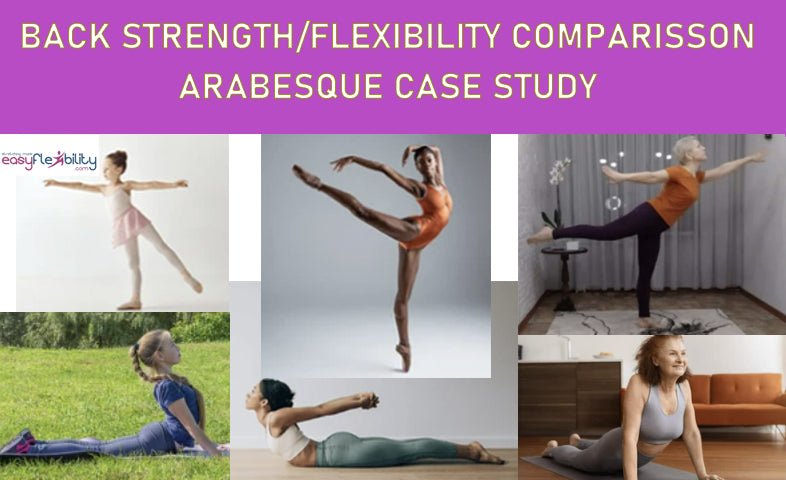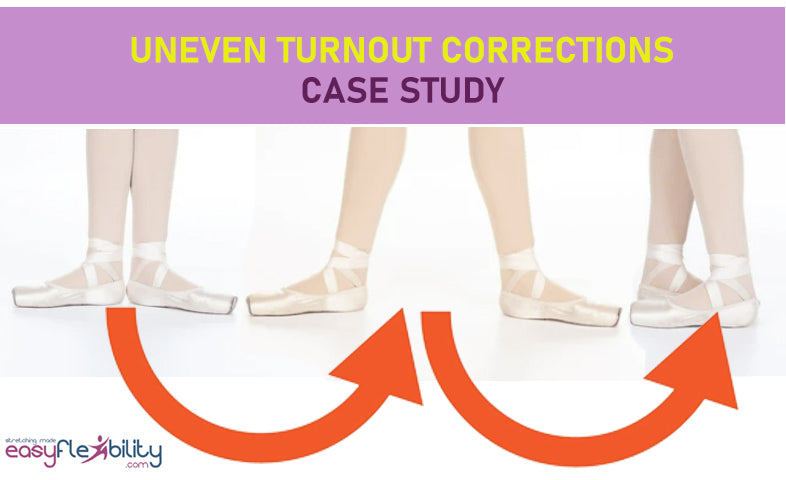Why do muscles shake during a stretching workout?
Posted by Paul Zaichik on

I got this question a few times: “Why do muscles shake during a stretching workout” and decided to answer it in today’s article. Muscles can shake during or after a stretching exercise just like they can shake during a strength training exercise.
Strength Training vs Stretching Workout – Understand why your muscles shake
Although, you want to know why your muscles shake during a stretching workout. It is first important to understand why your muscles shake during strength training exercises. Knowing this, will help you to understand the reason why your muscles shake during a stretching workout.
You may notice that if you lift to failure, meaning that you do as many repetitions as you can until you can’t do anymore, your muscles may shake. If you lift very heavy, even a few repetitions, again you may experience shaking.
You may notice that if you lift to failure, meaning that you do as many repetitions as you can until you can’t do anymore, your muscles may shake. If you lift very heavy, even a few repetitions, again you may experience shaking.
I can bore you with the science behind it. But, the bottom line is this, if your muscles shake it means that you are pushing your body beyond what it is used to. Muscles shaking during a strength training workout can be neurological. Stemming from your nervous system trying to recruit as many model units as possible to complete the task. Muscles shaking during a strength training workout can also be due to nutrient deficiencies, dehydration, low blood sugar, etc., but I personally do not see that very often.
The Stretch Reflex – Reason why your muscles shake during a stretching workout.
Now let’s talk about why the muscles shake during a stretching workout. The reason is the same but in a slightly different context. When you do a passive relaxed stretch such as in yoga and try to force stretch, meaning go deep beyond your comfort level, the muscles are not going to respond well and there’s going to be what is known as a “stretch reflex”. The stretch reflex is the reason why most people’s muscles shake during a stretching workout.

When you do a passive relaxed stretch such as in yoga and try to force stretch, meaning go deep beyond your comfort level, the muscles are not going to respond well and there’s going to be what is known as a “stretch reflex”. The stretch reflex is the reason why most people’s muscles shake during a stretching workout.
So, what happens during a stretch reflex? The muscles contract and they do not want to allow the stretch to go deeper. The harder you pull the more the muscles contract. When they contract as much as possible, they begin to shake!
So, what happens during a stretch reflex? The muscles contract and they do not want to allow the stretch to go deeper. The harder you pull the more the muscles contract. When they contract as much as possible, they begin to shake!
The same thing happens when you are doing a stretching exercise. During a stretching exercise your muscles contract and you’re trying to stretch them but they’re trying to contract. This has always been my issue with relaxed stretching, they are good for many things but not so great for flexibility gains.
Passive stretching does not build flexibility
I personally do not experience muscles shaking during a stretching workout, and neither do any of the EasyFlexibility practitioners, because I do not use relaxed stretches or passive stretches for flexibility. I have given up doing that many years ago even before I came up with the concept of the Zaichik Stretching Techniques.
as you may already know, do not produce the stretch reflex. Thus, your muscles will not shake during a stretching workout with the ZST’s. In ZST’s there is no holding this constant movement, and the stretch reflex does not set in. Because of this the muscles don’t get a chance to start opposing and eventually shaking thereby eliminating muscle shaking during a stretching workout.
I’m going to give my personal opinion here. I’m not a fan of muscle shaking during strength exercises. And I’m even more against muscles shaking during stretching exercises. To me muscles shaking during strength exercises means that I am doing too much. But then again, I’m not a competitive athlete so I’m only speaking for myself.
I personally do not experience muscles shaking during a stretching workout, because I do not use relaxed stretches or passive stretches for flexibility. I have given up doing that many years ago even before I came up with the concept of the Zaichik Stretching Techniques.
If you are going to use passive relaxed stretches for flexibility gains you have to do them for a short period of time, many times. Instead of sitting there and forcing the stretch. Because, there is a very high chance, that if you fight with your muscles, you can injure them. And if you don’t injure your muscles right away you may just make them sore and still not gain any flexibility.
From the many years of research that I have done, and over 30 years of experience in the field of flexibility. I can tell you this with absolute certainty. That if your primary goal is to get flexible and retain your flexibility. Continuing to use passive relaxed stretches, especially to the point of muscle shaking, is not an optimal way of developing flexibility.
From the many years of research that I have done, and over 30 years of experience in the field of flexibility. I can tell you this with absolute certainty. That if your primary goal is to get flexible and retain your flexibility. Continuing to use passive relaxed stretches, especially to the point of muscle shaking, is not an optimal way of developing flexibility.
Relaxed Passive stretches may lead to Injuries if used the wrong way!
If you are lucky enough to not get injured the first time when you fight with your muscles. And continue to force stretch. Your muscles will begin shaking during a stretching workout. Eventually they will fatigue and let you get a little bit more flexible. But, your poor muscles will be so sore that you won’t be able to do anymore stretches for a while. This will of course set you back for a certain amount of time. And if you don’t wait until you are not sore anymore and keep on stretching, you are almost guaranteed to injure a muscle or a tendon. Not to mention that you will again experience muscles shaking during a stretching workout. Which is what you are trying to avoid in the first place!
I’m going to make this point again about the passive relaxed stretches. Passive relaxed stretches should be used for what they have been intended for. That is to calm down the nervous system, and help the body relax after a workout. From the many years of research that I have done, and over 30 years of experience in the field of flexibility. I can tell you this with absolute certainty. That if your primary goal is to get flexible and retain your flexibility. Continuing to use passive relaxed stretches, especially to the point of muscle shaking, is not an optimal way of developing flexibility.

– Paul Zaichik is an Exercise Science Expert,
author of multitude of books, and the creator of Zaichik Stretching Technique (formerly known as Kinesiological Stretching Technique). His specialty is flexibility training as well as body weight conditioning. His innovative method is designed to have maximum carry over into specific athletic techniques. Paul is the author of books and DVD’s on the topic of flexibility, martial arts and bodyweight training. Over the years, Paul Zaichik has worked with a variety of individuals including athletes, entertainers, and military personnel. His ElasticSteel Method of Athletic Conditioning. Zaichik Stretching Techniques and programs are used worldwide by both professional and amateurs with great success. For more information about the Zaichik Stretching Techniques please visit www.EasyFlexibility.com
© ElasticSteel Corp., EasyFlexibility, Paul Zaichik, et. El., 2022. No part of the materials available through ElasticSteel.com, EasyFlexiiblity.com, site may be copied, photocopied, reproduced, translated or reduced to any electronic medium or machine-readable form, in whole or in part, without prior written consent of Paul Zaichik EasyFlexibility.com, Elasticsteel.com.. Any other reproduction in any form without the permission of Paul Zaichik EasyFlexibility.com, Elasticsteel.com is prohibited. All materials contained on this site are protected by United States copyright law and may not be reproduced, distributed, transmitted, displayed, published or broadcast without the prior written permission of Paul Zaichik, EasyFlexibility.com, Elasticsteel.com.
Share this post
0 comment






